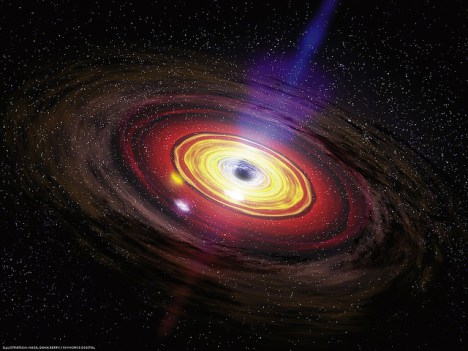What is a simply DIY craft project that you and your space-crazed kid can complete together? Try making this easy, mess-free solar system to hang in your Blaster’s room!
The materials you need to complete this galactic task are as follow:
- Color paper
- Scissors
- Compass or several circular objects (mugs, bowls, plates, etc.)
- Pencil
- Fishing line
- Stapler
- Glue
- Star-shaped stickers (optional)
Steps:
- To create our hometown, Earth, you will need blue, green, brown, and white colored paper.
- To be precise, you can set your compass’ width to be 7 cm, which means the diameter of your circles will be 14 cm in total. Or you can use a large mug instead, and trace the outline onto the colored paper by using your pencil.
- Using your scissors, cut out the circles. Then, fold them in half.
- As shown in the image, stack the paper and staple across the crease that you just folded to keep the paper intact
- Then, fold the paper backwards to create a 3-dimensional shape.
- Tie the fishing line around the center seem.
- Tie a knot and your Earth is completed!
- Optional: You can purchase star-shaped stickers and use it as a label for the planet and to cover up the knot you tied in step 7.
- Repeat steps 1 to 8 to create Saturn, but this time, use orange, yellow, brown, and white colored paper instead, and set your compass’ width to 10 cm, or find a bigger circular object.
- To create the ring, simply create two circles in white and brown respectively that are just a tiny bit smaller than the ones you did to create the spherical shape of Saturn.
- Glue them together by slightly overlapping them, and slide it over the 3D Saturn.
- Repeat steps 1 to 8 to create the other planets, but make sure you alter the measurement of your compass slightly to show the scale between the different planets.
Note:
- The more circles you cut out, the more detailed your planets will look, but it will also be harder to staple all the paper together.
- Assist your kid when using the compass – the sharp tip can be hazardous.
Filed under: Crafts, Family Activities, Family Fun, Just for Fun, Newsletter, Parents and Kids | Tagged: Blaster, Crafts, DIY, Earth, Jupiter, mars, Math Blaster, Mercury, Neptune, Planets, Pluto, Saturn, Saturn Ring, Solar System, space, stars, Venus | Leave a comment »
















